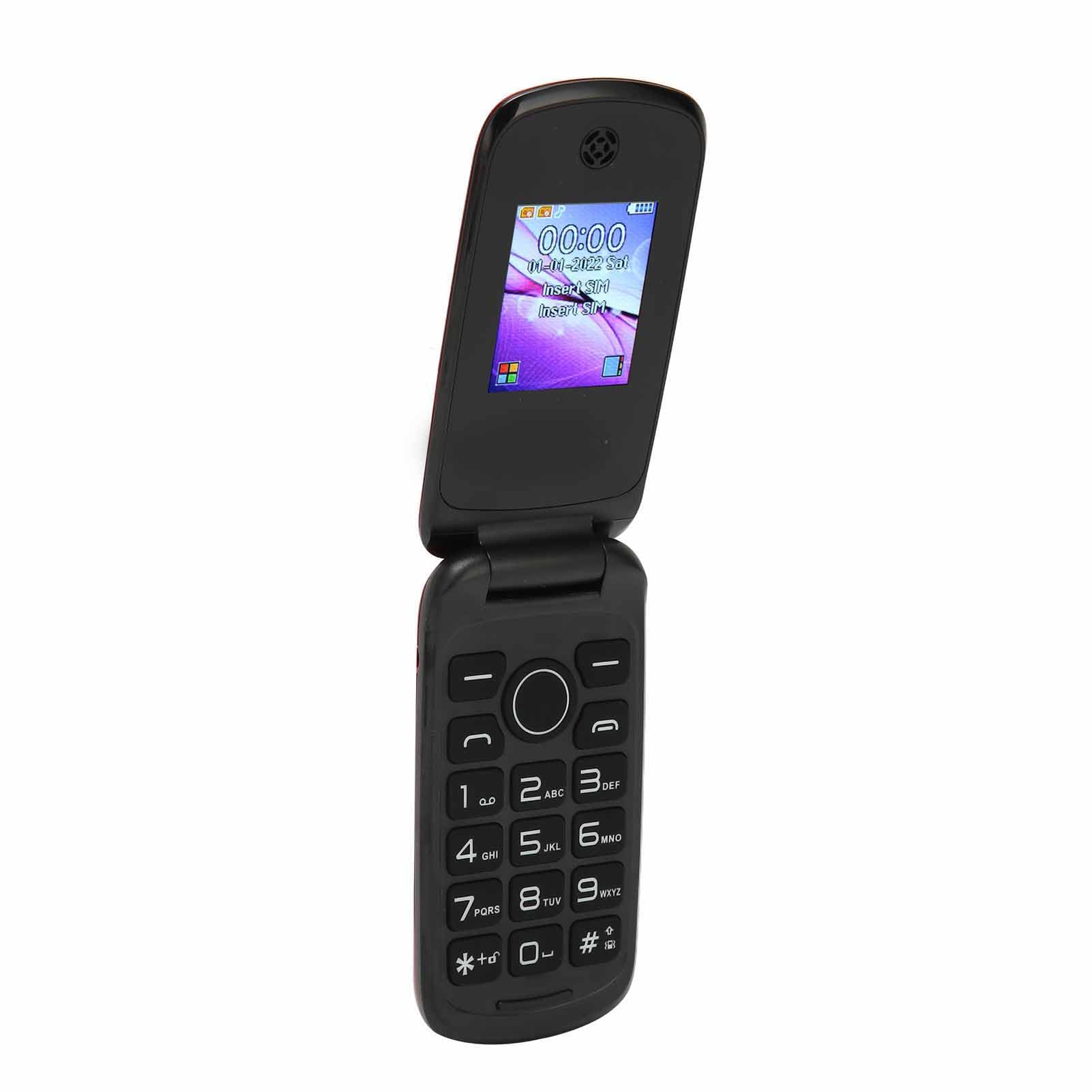
What is TDMA?
TDMA, or Time Division Multiple Access, is a digital multiplexing technique allowing multiple users to share the same frequency band by dividing the signal into different time slots. This method was prevalent in the 1990s and early 2000s for both analog and digital cellular networks. TDMA systems divide the available bandwidth into multiple time slots, each allocated to different users. This approach enables more efficient use of the available spectrum and supports higher data rates compared to analog systems.
History of TDMA
Introduced in the 1980s, TDMA gained significant traction in the 1990s. Major carriers in the United States, including Verizon (then Bell Atlantic Mobile) and AT&T (then Cingular Wireless), used this technology. TDMA was popular due to its better voice quality and higher data speeds compared to analog predecessors. However, with the advent of CDMA and GSM technologies, TDMA began to fall out of favor. CDMA offered better performance in terms of data speeds and capacity, while GSM provided a more standardized global solution easily integrated with international networks.
What are Unlocked TDMA Cell Phones?
Unlocked TDMA cell phones are devices originally designed to operate on a specific TDMA network but have been modified or sold without restrictions to work on other networks. These phones were typically sold by carriers that used TDMA technology but have since transitioned to newer technologies like CDMA or GSM.
Benefits of Unlocked TDMA Phones
- Compatibility: Can be used on various networks that support the TDMA standard, although rare today.
- Flexibility: Not tied to a specific carrier, allowing users to switch between different networks supporting TDMA.
- Historical Interest: Serve as a nostalgic reminder of the early days of cellular networks.
- Potential for Use in Legacy Systems: Useful in environments where legacy systems still use TDMA technology.
Challenges with Unlocked TDMA Phones
- Limited Availability: Modern networks have transitioned away from TDMA, making it difficult to find compatible networks.
- Technical Complexity: Old technology may not be supported by modern devices or software, challenging to use with modern applications and services.
- Hardware Compatibility: Outdated hardware components may not be compatible with newer technologies or accessories.
How to Unlock a TDMA Cell Phone
Unlocking a TDMA cell phone involves removing software restrictions preventing the device from working on other networks. Given the rarity of TDMA networks today, this process is largely theoretical and not practical for most users.
Steps to Unlock a TDMA Phone
- Check Compatibility: Ensure the phone is compatible with the TDMA standard by checking specifications or consulting the manufacturer.
- Remove Carrier Restrictions: If previously locked to a specific carrier, remove software restrictions preventing it from working on other networks. This could involve using specialized software tools or contacting the manufacturer for assistance.
- Find Compatible Networks: Locate networks still supporting the TDMA standard, though highly unlikely.
- Insert SIM Card: Once a compatible network is found, insert a SIM card supporting the TDMA standard into the unlocked phone.
Practical Considerations
Given the rarity of TDMA networks and the technical challenges associated with using these phones, consider the practical implications of unlocking a TDMA phone.
- Limited Use Cases: Primarily useful in environments where legacy systems still use TDMA technology.
- Technical Support: Finding technical support for these devices can be challenging due to their age and lack of modern documentation.
- Hardware Maintenance: Outdated hardware components may require specialized maintenance or replacement parts.
Alternatives to Unlocked TDMA Phones
Given the limitations and challenges associated with using unlocked TDMA phones, consider alternative options:
- CDMA or GSM Phones: These technologies have largely replaced TDMA and offer better performance, compatibility, and support.
- Modern Smartphones: Support a wide range of technologies including 4G LTE, 5G, and various global standards like GSM and CDMA.
- Carrier-Specific Solutions: If a specific type of phone is needed for a particular carrier or network, it is often more practical to purchase a phone designed for that network.
Additional Resources
For those interested in learning more about the history of mobile technology or understanding how to use older devices like TDMA phones, several resources are available:
- FCC Archives: The Federal Communications Commission (FCC) maintains archives of historical documents related to the development and regulation of cellular networks.
- Manufacturer Documentation: Some manufacturers still maintain documentation for older devices, providing valuable information on how to use and maintain these devices.
- Online Communities: Online forums and communities dedicated to vintage technology often have members who can provide guidance and support for using older devices like TDMA phones.
By exploring these resources, gain a deeper understanding of the evolution of cellular technology and how it has shaped the modern mobile landscape.
